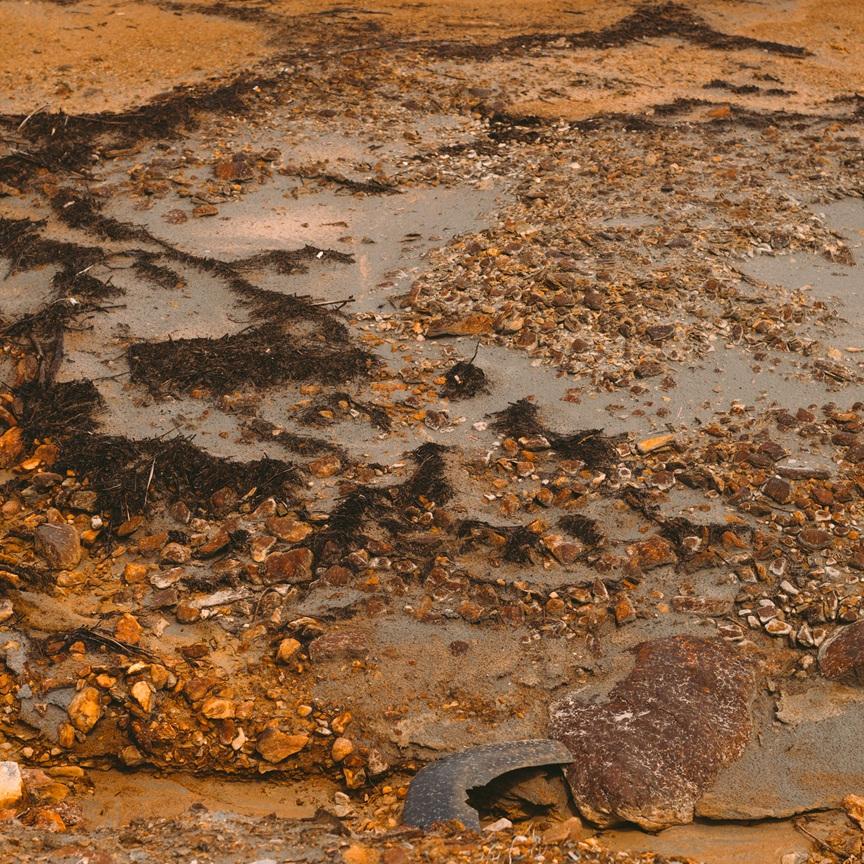Cable splicing in contaminated soil
Contaminated soil, often found in industrial zones, agricultural areas, or flood-prone regions, poses significant risks to underground medium voltage cable splices and joints.

The impact of contaminated soil on cable splices
The presence of corrosive chemicals, fertilizers, heavy metals, and other pollutants can lead to:
- Corrosion of mettalic components: exposure to contaminants accelerates the corrosion of metallic parts, compromising the integrity of the cable joint and increasing the risk of failure.
- Moisture ingress: contaminants can degrade insulation materials, allowing moisture to penetrate and potentially cause dielectric breakdown.
- Chemical degradation: certain chemicals can react with cable materials, leading to the breakdown of insulation and shielding, which may result in electrical faults
Lovink’s solution: innovative medium voltage splices
Lovink medium voltage cable splices address these challenges with innovative cable splice technology, offering:
- Triple Barrier Protection: LoviSil® splices feature a robust outer ABS shell, a sealed tape containing Protolin® resin, and a liquid silicone core, providing exceptional resistance to moisture and contaminants.
- Direct Burial Capability: Designed for direct burial, LoviSil® splices ensure reliable performance even in contaminated soil conditions.
- Proven Durability: With over 100 years of expertise, Lovink delivers high-performance solutions that ensure long-term reliability and safety.


